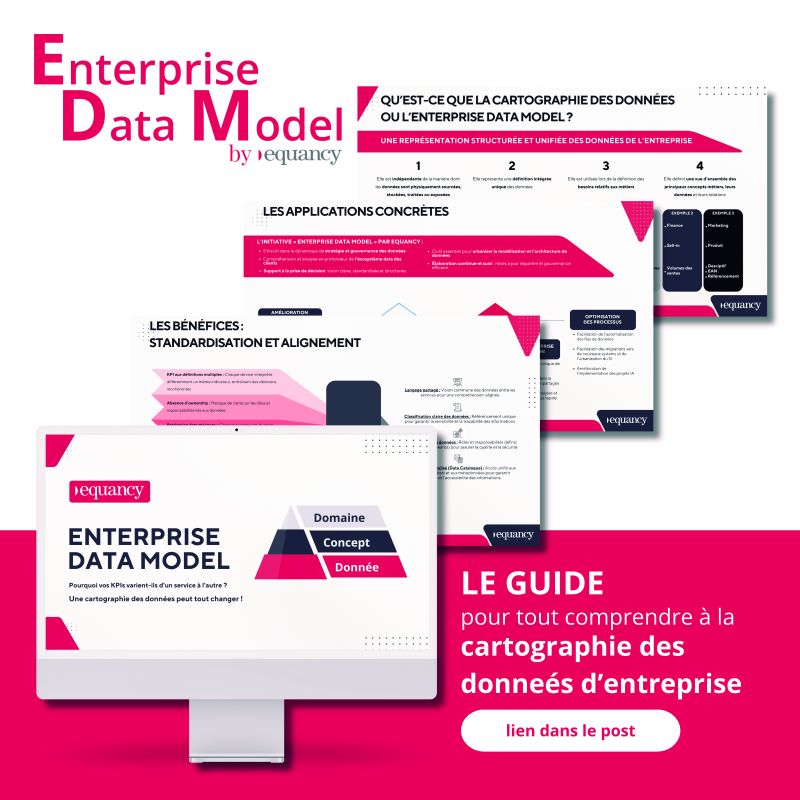Insurance for micromobility: a rocky road
280 million euros, that's what the NVEI insurance market could represent by 2022*. NVEI - for New Individual Electric Vehicles - are the electric scooters, gyro scooters, hoverboards and other electric vehicles that are now plying the roads alongside bicycles. For insurers, micromobility, which includes all light and portable modes of individual travel, quickly appeared as an opportunity to be seized and offers multiplied. However, with changing regulations and a risk that is difficult to control, the insurance industry is facing new challenges.
****************
Driven by a growing environmental awareness and a growing desire to avoid public transport in an unstable health context, the micromobility market is booming. In 2020, more than 640,000 scooters were sold, 34% more than the previous year. As for bicycles, between May and June 2020 alone, sales climbed by 117%, raising the market to more than €3 billion, a figure that can also be explained by the growing popularity of electric bicycles whose average price is around €1,749.
This multiplication of the number and type of vehicles in cities has led to an increase in accidents: +35% among cyclists and +19.6% for scooterists. This is why, since 2019 and after years of legal uncertainty, users of electric scooters, monowheelers, hoverboards and gyropods are required to take out specific civil liability insurance.
All the factors for success are therefore present for an insurance proposal: a growing market, an increasingly expensive vehicle, increased risk awareness among users and regulations that favor insurers. In 2020, Cyclassur, a brand specialized in micromobility insurance, has seen a 46% increase in bicycle insurance sales.
Many insurers have been seduced by this dynamic context. Evolving rapidly over the last few years, the market is now split between specialized pure players such as Ulygo, BeProtekt or QoverMe and the major insurers. The latter, who initially covered micromobility through extensions to their MRH or GAV contracts, have developed products dedicated to bicycles and, more recently, to NVEIs. "These new means of transport are increasingly visible in our cities and to meet our clients' needs, we had to be present in this market," explains Karine Gangneux, Director of Development of Property and Casualty Partnerships at Generali France, in the Argus de l'Assurance.
However, even if the micromobility market seems to offer a royal road to insurers, many obstacles come to darken the path.
The first difficulty concerns the pricing of these new offers. Since NVEIs are new vehicles, very little data is available. With no historical frequency or average cost of claims, insurers must accept to move forward blindly, with a limited knowledge of the risk, which leads to a lower control of costs. Another difficulty linked to the new nature of NVEI is the expertise required to take charge of their repair. As they cannot rely on their network of garages, most insurers are forced to offer reimbursement on invoice, a more expensive compensation system due to the absence of negotiated rates.
In addition to these difficulties, regulations change from one country to another, making it difficult to deploy the same solution on an international scale. And yet, with annual insurance premiums estimated between 95 and 105€ for an NVEI and between 25€ and 300€ for an electric bike, selling on a large scale seems necessary to be profitable.
So what solutions do insurers have to overcome these obstacles? Three growth levers have been identified in a strategy to limit claims and maximize sales volumes: prevention, regulation and partnerships.
Prevention
For micro-mobility insurance, one adage is king: "Prevention is better than cure". Thus, the offer itself is designed to encourage the user to be vigilant. To limit theft, various constraints can be imposed on the insured, such as marking the bike or the obligation to lock it with one (or two) locks from a predefined list of suppliers. In the face of accidents, on the other hand, insurers are banking on communication to limit recklessness. In fact, according to the Road Safety 2021 barometer published by Axa Prevention, out of 237 scooterists questioned, 78% declare to use the phone while riding.
Reminder of traffic rules and mandatory equipment, encouragement to wear a helmet and self-reflecting accessories... prevention is inherent to the subscription course.
Regulation and evangelization
If evangelizing targets helps limit risk by making users more responsible, it is also a key asset for boosting sales. According to a study conducted for Allianz France, more than half of French people are unaware that specific civil liability insurance is mandatory for NVEIs. However, with more than 2 million users in France in 2020, communicating on this regulatory obligation is a key issue for insurers. While various initiatives have been launched, such as Maif, which has chosen to educate its members via their 2019 deadline notice, the focus is mainly on distributors and manufacturers, who are currently under no obligation to communicate on the current regulations.
Partnerships
The third lever activated by insurers is partnerships, which are at the heart of distribution strategies. Following the example of Allianz with Lime, free-floating fleets of vehicles are obviously a prime target. Thanks to this partnership, the 2 million or so users of self-service scooters or bicycles are covered for civil liability as well as for bodily injury. Other privileged targets: distributors, manufacturers and bicycle leasing services. The advantage here lies in the possibility of offering white-label insurance, which is more comprehensive and includes theft and breakage. This service is offered by Decathlon via AIG and by Véligo, the new long-term bicycle rental service in the Paris region, via the insurer Cyclassur. Companies are also showing increasing interest in these offers. Motivated by a CSR policy, many of them are acquiring fleets of bicycles and turning to insurers to offer their employees coverage at preferential prices. Finally, in addition to these potential partners, there are all the players in the micromobility ecosystem: repairers, lock manufacturers, equipment manufacturers, etc. Allianz has announced a partnership with Cyclofix, a bicycle repair company, via its subsidiary Mondial Assistance, as well as with the startup Bumpair, designer of an ultra-compact air helmet.
The micromobility market is therefore full of promise for insurers. Many opportunities remain to be seized in a world that is increasingly turning to green mobility. The meteoric growth of bicycle and NVEI sales, the effervescence of free-floating vehicles, the multiplication of potential partners and regulations focused on prevention are all factors that reinforce insurers' decision to enter this market. However, the new nature of these vehicles and, consequently, the lack of knowledge of their claims experience, require insurers to be truly flexible in the face of limited cost control. The challenge lies in the ability of insurers to reduce and dilute this risk. Evangelizing targets about the regulations in force and the risks incurred, as well as having solid partners as distribution relays, are today among the key factors for success in capturing a market with more than promising growth.
* according to the study "The NVEI insurance market", published by Xerfi




